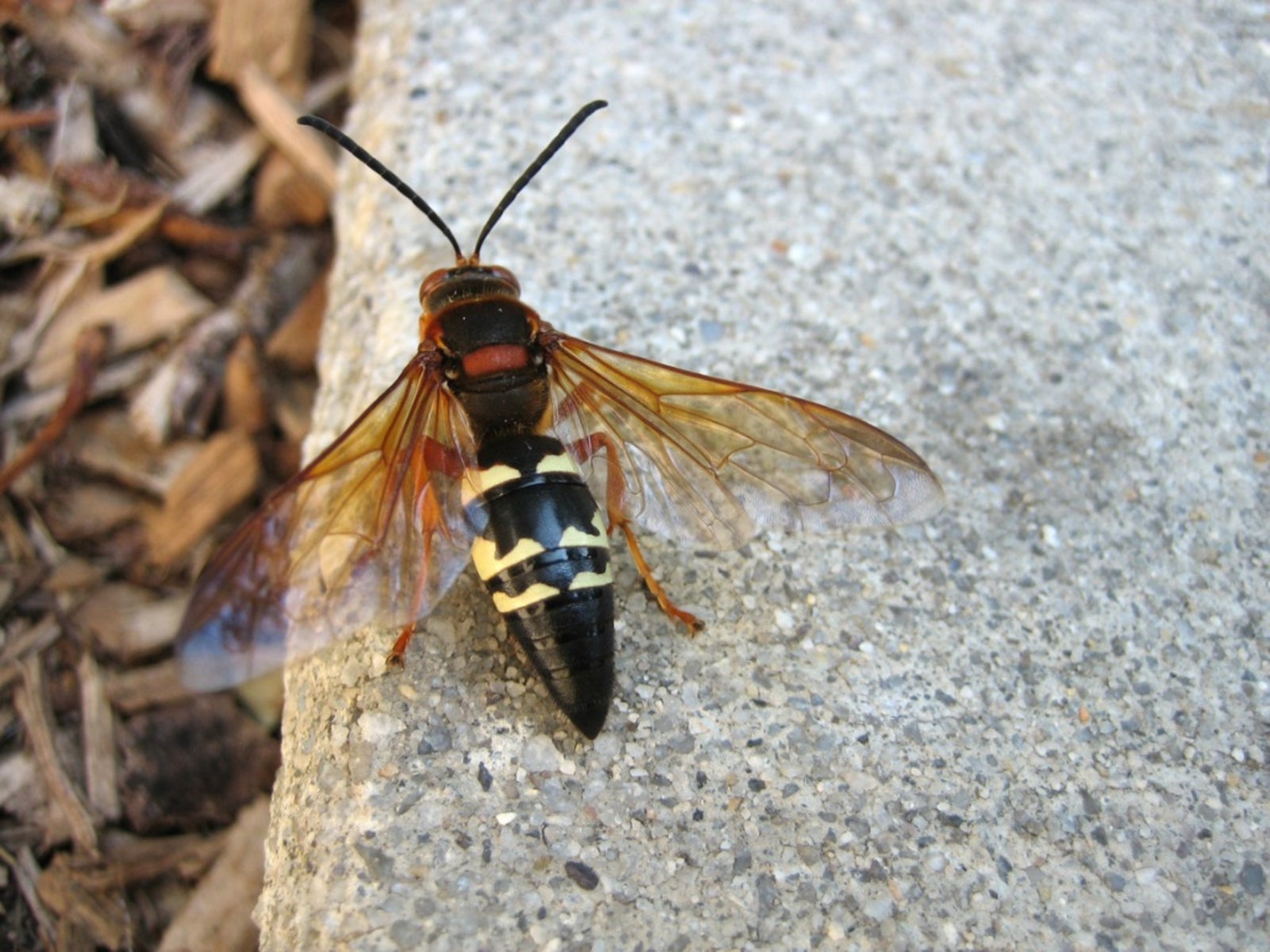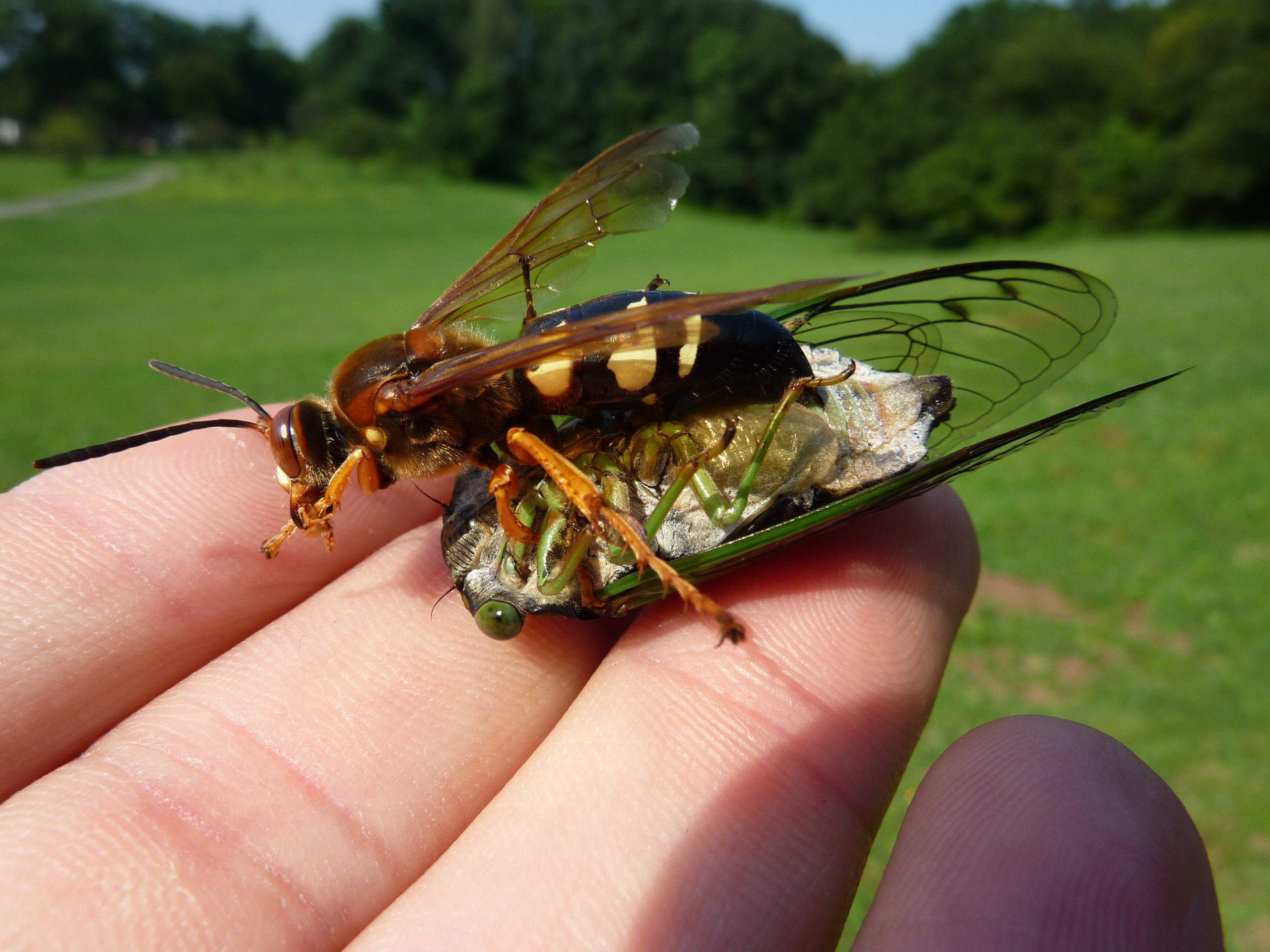If you are in Minnesota and have a fear of wasps, then you need to read this article. The cicada killer wasp is a large, aggressive wasp that can be dangerous to humans. In this article, we will discuss how to identify cicada killer wasps, how to control them, and where they are most commonly found in Minnesota.
Pain Points
Cicada killer wasps are a common pest in Minnesota. They can be found throughout the state, but they are most commonly found in areas with a lot of trees. These wasps can be a nuisance because they are aggressive and will sting if they are disturbed.
Target of Cicada Killer Wasp: Identification, Control, And Habitat In Minnesota
The target of this article is to provide information about cicada killer wasps in Minnesota. We will discuss how to identify these wasps, how to control them, and where they are most commonly found. We hope that this information will help you to avoid being stung by these wasps.

무료 이미지 : 비행, 파리, 육식 동물, 동물 상, 무척추 동물, 닫다, 그물, 잠자리, 아르 기 피프, 해충 – Source pxhere.com
Cicada Killer Wasp: Identification, Control, And Habitat In Minnesota
Cicada killer wasps are large, black wasps with yellow markings. They are about 1.5 inches long and have a wingspan of about 2 inches. These wasps have a painful sting, so it is important to avoid them.
Cicada killer wasps are predators of cicadas. They will paralyze cicadas and then carry them back to their nests. The wasps will then lay their eggs on the cicadas, and the larvae will eat the cicadas alive.
Cicada killer wasps are most commonly found in areas with a lot of trees. They can be found in parks, forests, and even in your own backyard. These wasps are most active during the summer months.

Cicada Killer, Qu’est-ce Que C’est – The New York Times – Source www.nytimes.com
Cicada Killer Wasp: Identification, Control, And Habitat In Minnesota
The best way to control cicada killer wasps is to keep them away from your property. You can do this by removing any sources of food for the wasps, such as cicadas. You can also seal any cracks or holes in your home to prevent the wasps from getting inside.
If you are stung by a cicada killer wasp, it is important to seek medical attention immediately. The sting can be painful and may cause an allergic reaction.

CPR News – Colorado News You Trust | Colorado Public Radio – Source www.cpr.org
Cicada Killer Wasp: Identification, Control, And Habitat In Minnesota
Cicada killer wasps have been around for millions of years. They are not native to Minnesota, but they have been introduced to the state by humans. The wasps are most commonly found in the central and southern parts of Minnesota.
Cicada killer wasps are a beneficial insect. They help to control the population of cicadas, which can damage trees. These wasps are also a food source for other animals, such as birds and spiders.

Office Paperweights Cicada Killer Home & Living chasecreek.com – Source chasecreek.com
Cicada Killer Wasp: Identification, Control, And Habitat In Minnesota
Cicada killer wasps are not typically aggressive towards humans. However, they will sting if they are disturbed. The sting is painful, but it is not usually fatal. If you are stung by a cicada killer wasp, it is important to wash the area with soap and water and to seek medical attention if you experience any symptoms of an allergic reaction.
The best way to avoid being stung by a cicada killer wasp is to be aware of your surroundings. If you see a cicada killer wasp, do not disturb it. Simply move away slowly and calmly.

Cicada Wasp Hunters – How To Control Cicada Killer Wasp – Source www.gardeningknowhow.com
Cicada Killer Wasp: Identification, Control, And Habitat In Minnesota
Cicada killer wasps are an important part of the ecosystem in Minnesota. They help to control the population of cicadas, which can damage trees. These wasps are also a food source for other animals, such as birds and spiders.
If you are concerned about cicada killer wasps, there are a few things you can do to reduce the risk of being stung. First, avoid disturbing the wasps. If you see a cicada killer wasp, do not swat at it or try to kill it. Simply move away slowly and calmly.
_with_Cicada_-_Bles_Park%2C_Va._-_5972534838.jpg)
File:Eastern Cicada Killer (Sphecius speciosus) with Cicada – Bles Park – Source commons.wikimedia.org
Cicada Killer Wasp: Identification, Control, And Habitat In Minnesota
Second, remove any sources of food for the wasps. Cicada killer wasps are attracted to cicadas, so it is important to remove any cicadas from your property. You can do this by trimming trees and shrubs, and by removing any standing water.
Third, seal any cracks or holes in your home. This will help to prevent the wasps from getting inside.

Cicada Killer Wasps – Cicada Mania – Source www.cicadamania.com
Cicada Killer Wasp: Identification, Control, And Habitat In Minnesota
Cicada killer wasps are an important part of the ecosystem, but they can also be a nuisance. By following these tips, you can reduce the risk of being stung and enjoy the outdoors without worry.
Cicada Killer Wasp: Identification, Control, And Habitat In Minnesota
Cicada killer wasps are fascinating creatures. They are large, powerful wasps that are capable of stinging humans. However, they are also beneficial insects that help to control the population of cicadas.
If you are interested in learning more about cicada killer wasps, there are a number of resources available online. You can also visit your local library or nature center to learn more about these amazing creatures.
Blue Jay Barrens: Cicada Killer Wasp – Source bluejaybarrens.blogspot.com
Cicada Killer Wasp: Identification, Control, And Habitat In Minnesota
Cicada killer wasps are not typically aggressive towards humans, but they will sting if they are threatened. If you are stung by a cicada killer wasp, it is important to seek medical attention, especially if you experience any allergy symptoms.
Cicada killer wasps are most commonly found in areas with a lot of trees. They can be found in parks, forests, and even in your own backyard. These wasps are most active during the summer months.
List of Cicada Killer Wasp: Identification, Control, And Habitat In Minnesota
Here is a list of tips to help you identify, control, and avoid cicada killer wasps:
- Cicada killer wasps are large, black wasps with yellow markings. They are about 1.5 inches long and have a wingspan of about 2 inches.
- Cicada killer wasps are predators of cicadas. They will paralyze cicadas and then carry them back to their nests.
- Cicada killer wasps are most commonly found in areas with a lot of trees. They can be found in parks, forests, and even in your own backyard.
- Cicada killer wasps are not typically aggressive towards humans, but they will sting if they are threatened.
- If you are stung by a cicada killer wasp, it is important to seek medical attention, especially if you experience any allergy symptoms.
Question and Answer
- What is a cicada killer wasp?
- What do cicada killer wasps eat?
- How do cicada killer wasps reproduce?
- Where are cicada killer wasps found?
A cicada killer wasp is a large, black wasp with yellow markings. They are about 1.5 inches long and have a wingspan of about 2 inches.
Cicada killer wasps are predators of cicadas. They will paralyze cicadas and then carry them back to their nests.
Cicada killer wasps reproduce by laying eggs on cicadas. The larvae will then eat the cicadas alive.
Cicada killer wasps are most commonly found in areas with a lot of trees. They can be found in parks, forests, and even in your own backyard.
Conclusion of Cicada Killer Wasp: Identification, Control, And Habitat In Minnesota
Cicada killer wasps are an important part of the ecosystem in Minnesota. They help to control the population of cicadas, which can damage trees. These wasps are also a food source for other animals, such as birds and spiders.
If you are concerned about cicada killer wasps, there are a few things you can do to reduce the risk of being stung. By following these tips, you can enjoy the outdoors without worry.